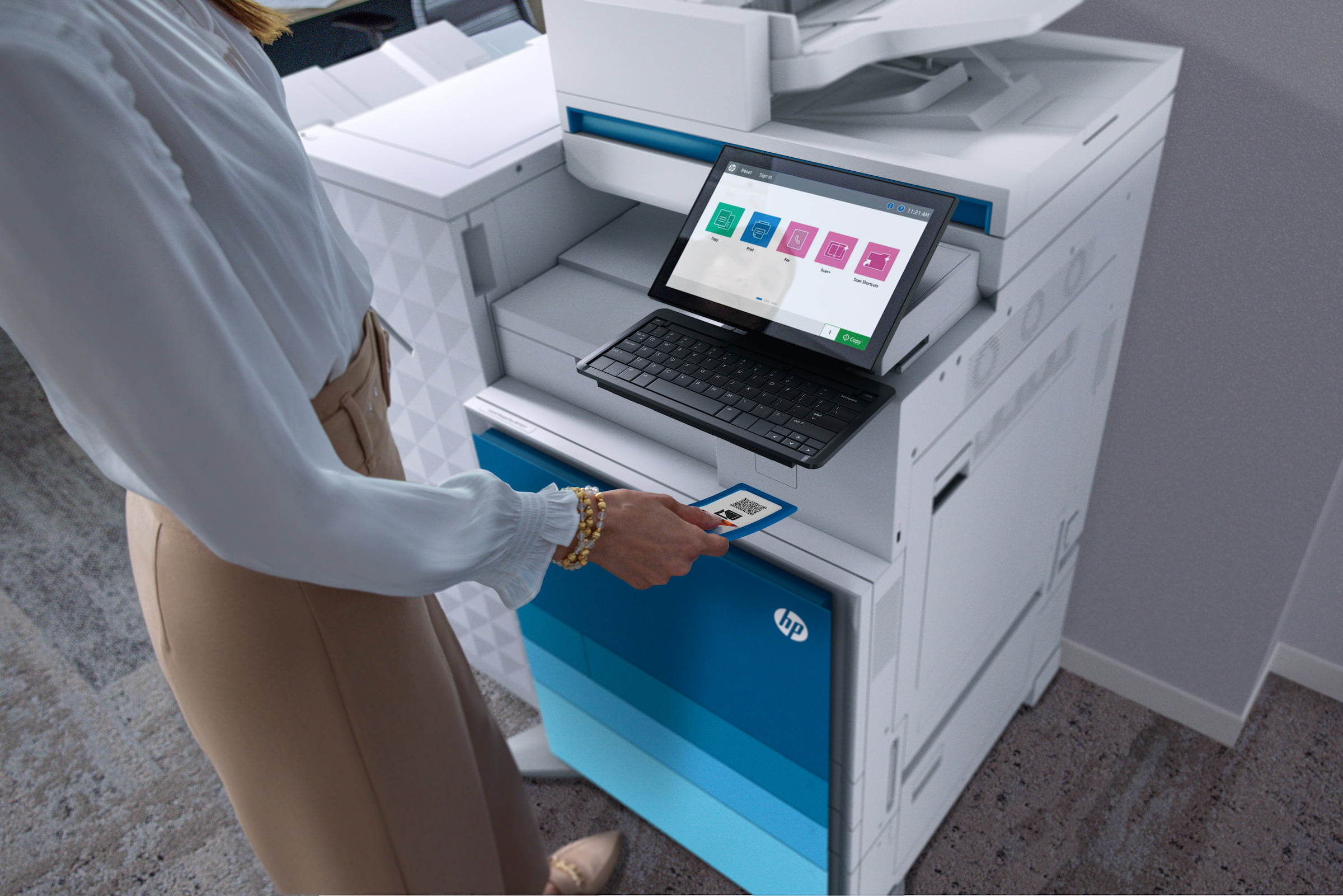
Apogee supports The Rowing Marine
4 July 2022
Apogee strives for health & safety excellence with ISO 45001 certification
14 July 2022
How digital workflows can increase productivity
In the digital age, paper-based processes only hinder productivity - which is why adopting digital workflows into your process is absolutely vital to ensuring good value for your employee hours.
Paper is often cited as a main culprit in inefficient business processes. Consider:
- Data professionals can waste 20 percent (8+ hours) of their work week recreating existing information resources.
- They also spend more time searching for information than analysing to provide insight.
- Organisations with no digital document processes in place report 10 times more at-risk customers and two-times more at-risk revenue.
The data makes it easy to conclude paper-laden, physical processes slow a company down.
Plus, established organisations often house mountains of legacy records while daily processes generate more. And as you grow, you add people and processes to a sprawling campus, multi-location operations, or hybrid work environments. All of which, make paper-based processes even harder to manage.
It’s easy to see a need for change. The solution? For many, it’s to take paper out of the equation and automate the process with a digital workflow.
Enter the digital workflow
While digitisation, at its simplest, makes an electronic version out of the physical, a digital workflow does the same with the steps of a business process. Digital workflows use software to introduce automation.
Easy to see: the productivity of digital workflows
It’s not hard for any professional to imagine how removing paper and adding automation could save time. But how exactly do digital workflows increase productivity?

Automated steps
It’s the definitional benefit of digital workflows: a digital workflow takes administrative, repeated steps and removes the need for human intervention through automation.
You have the power to cut time out of a process by automating notifications, standard emails or forwarding a document to the right individuals for approvals.
Progress tracking
Digital workflows mean the status of the business process is never an unknown.
A digitised process enables managers to see where that e-form or case file is and overdue items at a glance. You eliminate endless tracking efforts that can precipitate extra meetings or emails.
Parallel pathways
Human multi-tasking is a myth. Not so in digital workflows. One action in a digital workflow can initiate multiple paths.
Those automated notifications, emails, approvals or signatures can be sent simultaneously. A workflow can also account for things like a rejected invoice and keep a process moving.
Integrated programs and linked resources
The flow of information is often clunky in traditional processes. For example, a document from one program might not be easily transferred to another without ‘saving to desktop’ becoming common practice.
Software for digital workflows integrates other programs, like Outlook. It can also link vital resources like customer databases and Document Management systems. This removes extra steps, lost documents, and worries about security.
Accuracy and Consistency
Mistakes cost. In fact, experts think that organisations spend between 10-30 percent of revenue on handling data quality issues. The automation of digital workflows minimizes this.
Automated form fields and input eliminate opportunities for human error. In addition, when file types, file naming conventions, and document storage is automated, it enables workers to efficiently retrieve the resources needed to do their job.
 Reallocated resources
Reallocated resources
Let’s face it. It pains you when a highly skilled worker is always caught in administrative tasks. The tasks have to happen. But you don’t want that person doing it.
By taking those tasks and automating them in a digital workflow, you return your people to the work for which they are meant for.
Side note: Digitisation can free up space too. In the case of our Sunderland-based housing association clients, digitisation meant repurposing records storage into additional affordable properties-a decidedly more productive use of assets.
Reports for data-driven process change
Gone are the days of struggling to pinpoint process hang ups. Digital workflows churn out real-time data giving you key performance indicators for quick identification of bottlenecks.
So, on top of gaining the efficiencies of an automated workflow, a business has the power to analyse and hone a process until its automated to its fullest. It’s a steady reclaiming of time and resources.
Improving processes
A digital workflow has the potential to streamline your process. It combines accessibility with automation and offers fewer errors and increased efficiency.
Here’s the thing: paperless and automated processes in the cloud are not a trend. With the ever growing pace of business and a shifting workforce, digital workflows are essential just to keep pace. But once you have them in place, they can help you really accelerate.
For more information, contact us by using the form below.
How We Can Help
To learn more, please fill out the contact form:
Latest insights
Keep up to date with all the latest in Managed Workplace Services.
By submitting this form, you acknowledge that you have read and understand the Apogee Privacy Statement.
Data Privacy Policy | Cookies Policy









































